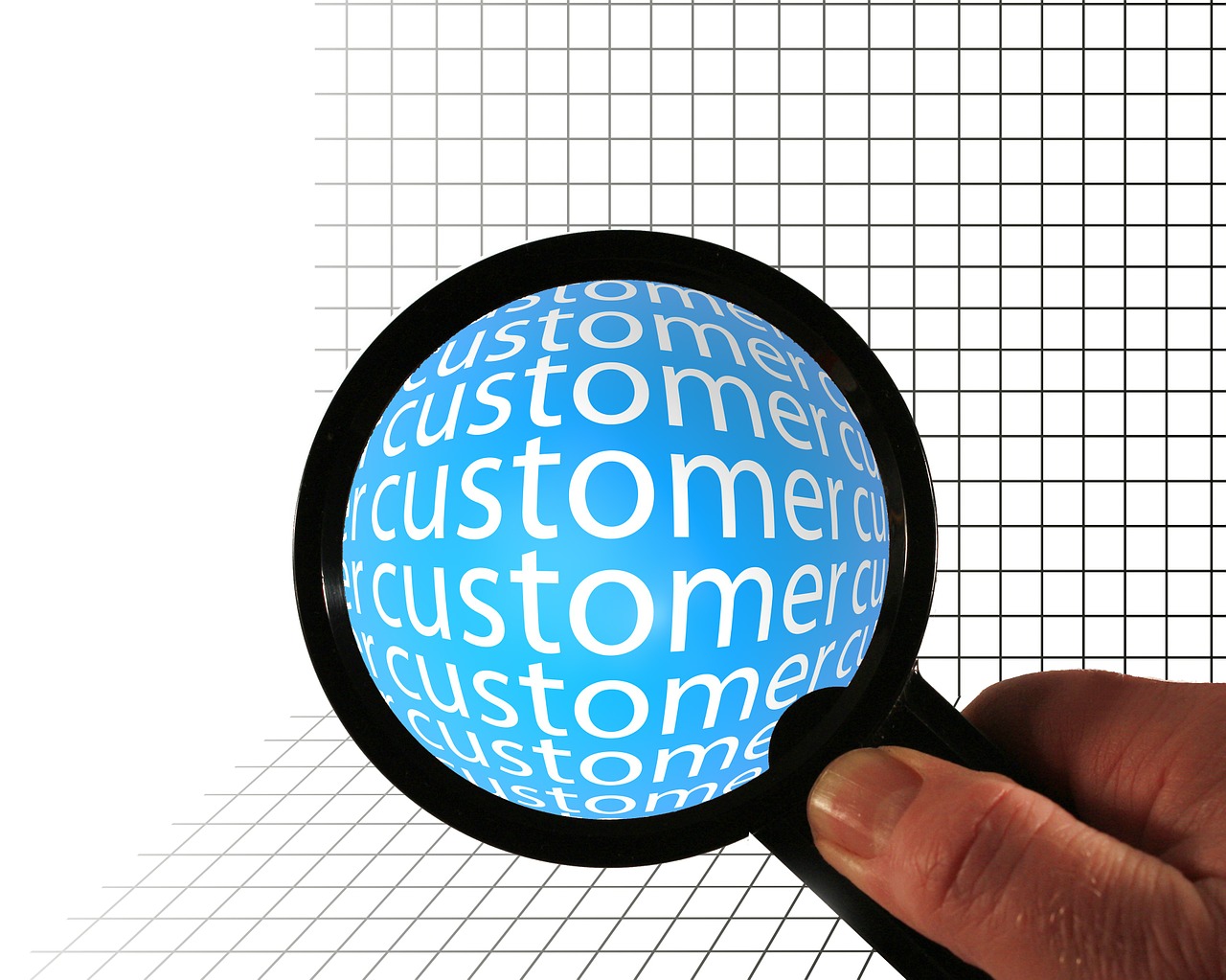Retail competition is at an all-time high. E-commerce has broken down all barriers holding smaller companies back from entering the fray, and now startups are competing on a much more even playing field than ever before. They continue to chip away at established brands’ market share little by little and bigger brands are struggling to find solid ground.
The precarious position of big-name retail brands has been exacerbated by the urgent focus on promotions. Increased competition leads to a decrease in price and retailers have continued to discount product year-after-year to try to maintain traction. The result is a highly depressed product margin and a fully empowered customer that we’ve trained to wait for discounts.
We’ve dug ourselves into this hole and we can’t seem to get out — and discounting isn’t going anywhere anytime soon. So, how can we take back market share, or at the very least, defensively keep customers coming back?
The answer is an incessant and obsessive focus on the customer.
While the bottom line will always be the driver for any company — no matter how altruistic its mission is — the journey to that bottom line needs to change if big brands want to stick around. Creating this type of shift in company culture means evolving an organization from the inside-out, and here are five ways to ensure that a big retail brand can efficiently and effectively transform to put the customer first.
Redefine your value proposition and core beliefs
One of the biggest problems that large retailers struggle with is a shift in mindset. Smaller, more agile startups have grown up in a different environment and the focus on the customer is natural and organic — that’s much more challenging for older, larger retailers. It’s still necessary even if it’s difficult, and real change has to come from the top down, starting with a company’s mission and approach. Bring teams together by refining your value proposition and core beliefs to put the customer at the center of your business. With everyone working toward a common goal, it becomes easier to extend change across every arm of your business.
Create a chief customer office
To ensure that changes are carried out over time, create a chief customer office that can help to institutionalize new practices and break down old habits. It’s easy to get caught up in the day-to-day work and to forget about the bigger picture. Having a team in place to remind everyone that the customer comes first will help to keep things on track in the long run and make your entire team more adaptable with each shift in the retail landscape.
Empower your loyalty and CRM teams
Until recently, customer loyalty and CRM teams operated as small, but necessary additions to an organization’s structure. Now that we have a better understanding of loyalty’s influence on a brand, it’s only natural that loyalty and CRM teams would become more integral parts of any company’s network. Empower your loyalty and CRM teams to think differently and collaborate with other teams for the customer’s benefit. Loop them into the ideation, strategy, and execution process from the beginning to ensure that the customer has a voice in every step of your marketing mix.
Listen to associates
Once your team has embraced internal changes, it’ll be time to expand outward — but you don’t have to look far. Consult those closest to your customers to gain valuable insights that are often overlooked. Your store associates interact with customers every single day and understand what customers want. Tap into their feedback and observations, and train them to implement customer-first changes all the way down to the in-store experience.
Look big, act small
Customers have been gravitating toward startup brands in recent years because they provide a level of bespoke personalization and every customer genuinely does matter in the early years. Those traits come through in the customer experience.
For big retailers to compete, they’ll need to think small. This means a shift in company culture that puts every decision, every project, and every campaign through the lens of the customer. It means placing as much weight on the customer’s loyalty as is placed on potential monetary gain.
The fact is, people want to be committed; they want to invest in what they like and value. And customers want to be loyal — retailers simply need to give them a reason to stick around.
Discounts are a shallow strategy to make that happen; they train the customer to think about the dollar and not the company or the product, eroding the underlying goodwill.
A customer-centric experience, on the other hand, runs deep. The big retailers that think beyond discounts to create programs with their customers at the center will prevail and remain competitive — they just have to be willing to put in the work.
Evan Magliocca is the director of marketing for Baesman Insights & Marketing, a full-service agency that partners with retailers to create highly-targeted, data-driven customer marketing, loyalty and CRM programs. Baesman is headquartered in Columbus, Ohio, with partnerships across the United States, including American Girl, DSW, Rag & Bone, Shoe Carnival, Stanley Steemer, Rite Rug and many more.
If you enjoyed this article, sign up for SmartBrief’s free email from the Mobile Marketing Association, among SmartBrief’s more than 200 industry-focused newsletters.
